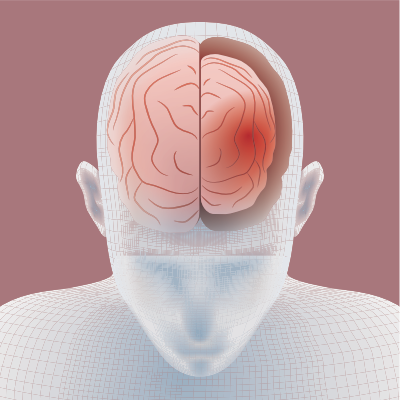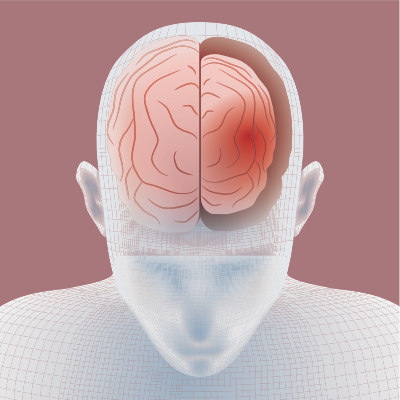Understanding Frontotemporal Dementia (FTD) Differences from AD


Although Frontotemporal Dementia (FTD) is largely misunderstood, it is the most common form of dementia for people under age 60.
Originally known as Pick's Disease and often referred to as such, FTD describes a clinical syndrome and a group of brain disorders associated with shrinking of the frontal and temporal anterior lobes of the brain. Frontotemporal Dementia differs from Alzheimer's Disease in two distinct categories: 1) drastic changes in behavior, which will be described below and 2) problem with language 3) genetic component and 4) age at onset.
Behaviors associated with FTD can be either impulsive or bored and listless, and often is associated with inappropriate social behavior. Some of these may include lack of social filtering or tact; decreased empathy toward others; increased interest in sex; unexplained agitation; neglect for personal hygiene; compulsive and often bizarre behavior or sudden changes in food preferences.
Problems with language may include difficulty in forming words and sentences and understanding other's speech. Important to note is that spatial skills and memory remain intact, which is a major differentiator from Alzheimer's disease.
Familial FTD occurs when multiple people in a family across back-to-back generations have FTD or a related condition. The multiple people are usually closely related to each other, like a grandparent, parent and adult child, and they all belong to one side of the family or the other, not both. This is known as genetic FTD. About 10% - 20% of all cases of FTD is considered genetic FTD.
FTD typically strikes at a younger age. The majority of FTD cases occur between the ages of 45 and 64. In contrast, the average age of diagnosis of Alzheimer's Disease (AD) is 80. The impact on work, family, and financial burdens are significantly greater with FTD than AD.
FTD is frequently misdiagnosed as AD, depression, Parkinson's Disease or a psychiatric condition, making it far less known and understood by the medical community. As of 2011, there were approximately 60,000 cases of FTD in the US, so it is far less common than AD. It currently takes 3.6 years to obtain an accurate diagnosis of FTD due to the complexity of symptoms.
Caring for someone with FTD is extremely challenging. Care partners must be diligent in finding health care professionals who will help in diagnosis, coordinating care. Like AD caregivers, understanding the disease is paramount. Learning patient advocacy will offer a tremendous benefit to both care partners in dealing with the day to day changes that often occur and working with the professional care team on medication management and care provisions.
Because it is difficult to diagnose, care partners should be prepared for multiple specialist visits. Keeping a detailed journal of behaviors will aid in helping doctors look at all the symptoms that the person is exhibiting, not just what they observe in an office visit.
Keeping a healthcare notebook will be a tremendous asset in helping manage doctor visits, medications, and recording patterns of behavior.
Care partners should seek a support group early on, as FTD, like AD, is especially stressful on care partners. The Association for Frontotemporal Degeneration(AFTD) is an excellent resource of information, publications, a listing of local support groups and more. Their number is 866-507-7222 or http://www.theaftd.org.
Care partners need to be educated early on in understanding care services, such as In-home care, adult day and residential care. Finding the right care for each stage of the disease will help families plan for next steps.
Today, there is no cure for FTD and there are no current treatments to slow or stop the progression, but a growing number of interventions - not limited to medications - can help manage FTD symptoms. It is imperative that FTD be diagnosed and treated by a healthcare professional who has clinical practice with Frontotemporal Dementia.
Pam Brandon is President/Founder of AGE-u-cate Training Institute and a passionate advocate for older adults and those who serve them. She is the creator of the internationally acclaimed Dementia Live® Simulation and Awareness training program.

